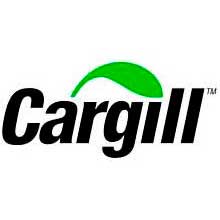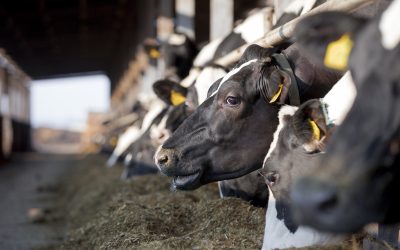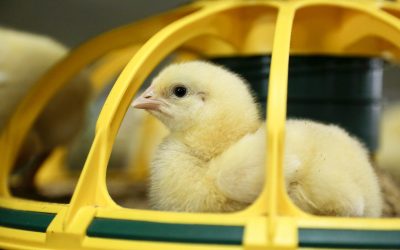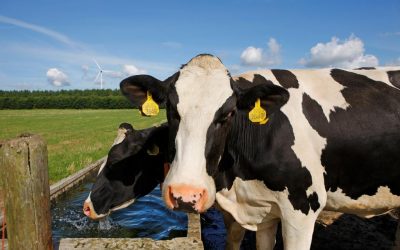Whitepaper: Take control of your mycotoxin risk in swine
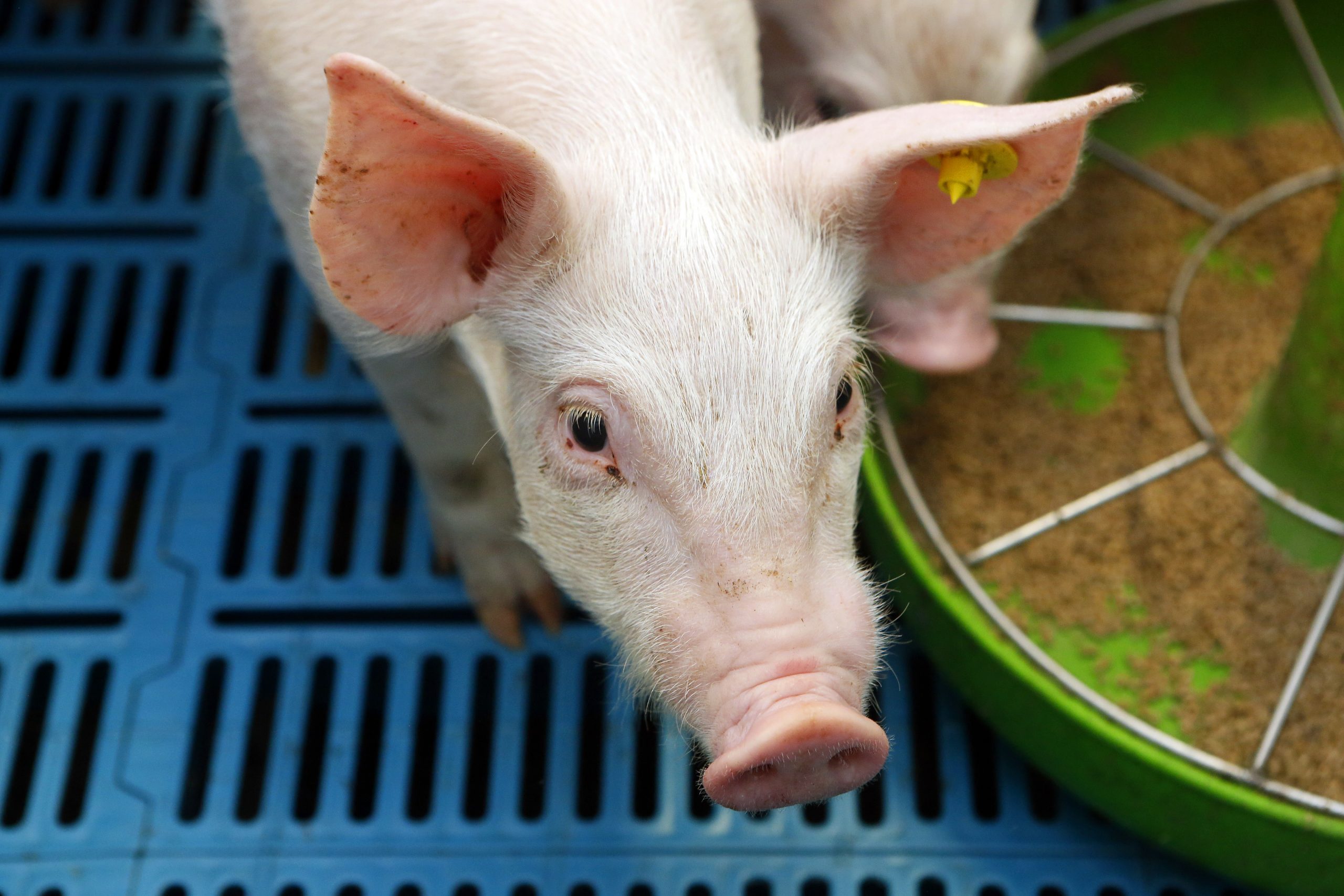
Of all livestock species, pigs are considered the most susceptible to the negative effects of mycotoxins. The biggest problems are often due to low levels of mycotoxin contamination. A new whitepaper on this topic delves further into the effects and solutions for mycotoxins in swine
Pigs are very susceptible to mycotoxins (toxic secondary metabolites produced by fungal species in feed under stressful production conditions). In particular the Fusarium-derived mycotoxins fumonisin (FUM) and zearalenone (ZON) known to be acutely toxic to pigs. The toxic effects of a certain mycotoxin is different for each animal species, as seen in the table below.
Sub-clinical contamination
Pigs can die from a mycotoxin contamination. But the silent killer is having pigs exposed to low levels of mycotoxins for a certain period. This can reduce pig performance and general well-being, contributing the most by far to important effects on livestock production losses. This sub-clinical infection is hard to detect, as the animals do not produce antibodies against mycotoxins (as these toxins are not proteins). The symptoms can remain sub-clinical until they are too advanced to treat.
Factors that influence the severity
The manifestation of symptoms also depends on the type/dose of mycotoxin, the amount and duration of the exposure, the age, health and sex of the exposed animals (males are more sensitive than females, very young and very old animals are more susceptible), farm management/environment (heat/cold stress, pathogen pressure) as well as on the dietary status and interactions among toxins. Genetic developments in the last few decades have improved feed efficiency but also made pigs more susceptible to the metabolic and infectious diseases that certain mycotoxins can directly or indirectly cause.
Winning the war before it begins
We can’t eliminate mycotoxins altogether but there are many things that you can do to get some control over the situation. Just to name a few:
Reducing infection pressure in the field: This can be done via crop rotation, tillage and avoiding susceptible varieties.
Prevent/minimize the risk of mycotoxins during storage of grains: keep in mind that next to humidity, temperature will have an effect on fungal growth and activity.
Proper testing of feed and raw materials: Mycotoxins may occur in feedstuff despite negative analytical results. Sampling frequency is therefore important.
Use of anti-mycotoxin feed additives: this is often used as a preventive measure. However, make sure you use the right inclusion rates.
Read more about mycotoxins in pigs and how to control them in the new whitepaper from Cargill.


